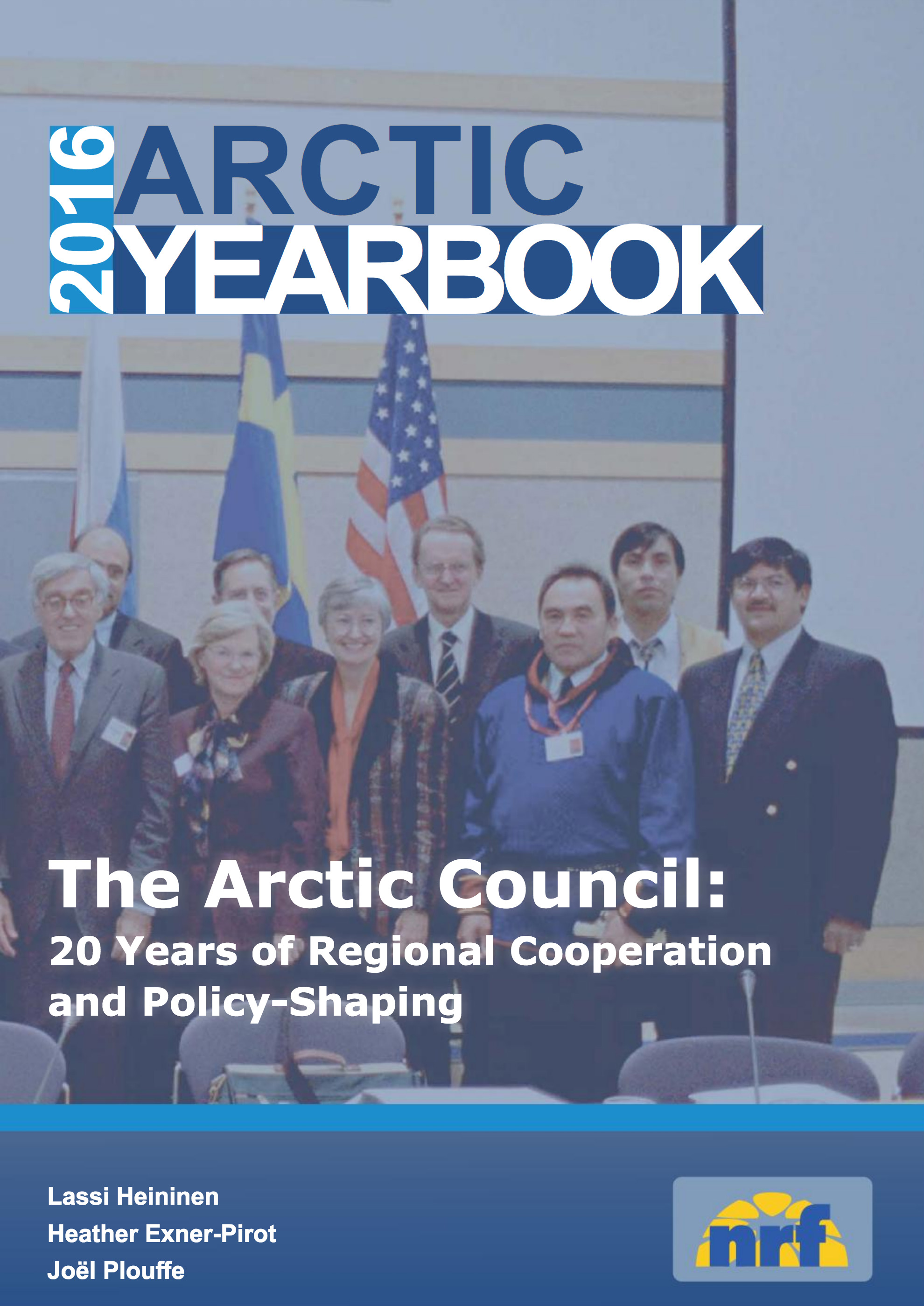For its fifth edition, the Arctic Yearbook turns its attention to the Arctic Council
If there is one thing that Heather Exner-Pirot and Joël Plouffe want you to know, it is that you shouldn’t believe everything you google about the Arctic.
They are in a good position to know: In addition to their day jobs as academics focusing on issues related to the North, they moonlight as co-managing editors of the Arctic Yearbook, which will see its fifth edition released Friday. A pre-release event in Ottawa the same day is being sponsored in part by the Canadian foreign ministry.
Their work, invariably, means an endless barrage of information about the region that includes social-media posts, news articles, academic reading for their regular positions and items submitted to the yearbook during its year-long planning and editing cycle. It is from among all this that they have been able to spot a number of holes in mainstream reporting about the region.
Take Russia for example.
“We hear it’s building up its military in the region. We don’t hear how it is an important Arctic Council partner. Or that it is developing the Arctic for the benefit of its people. Or that many of the icebreakers in its fleet are river icebreakers that are a vital part of its commercial infrastructure there,” Exner-Pirot says.
Another recent topic that the two editors feel was given lopsided coverage was the voyage of the Crystal Serenity, a luxury cruise liner that this summer became the largest ship of its sort to sail through the Northwest Passages.
“Most of the writing that was coming out about that was from people in the south in what I call ‘arm-chair reporting’,” Exner-Pirot says. “What the yearbook allows us to do in this situation is to ask people who were involved to provide critical writing but from a different perspective.”
In its own words, the Arctic Yearbook aims to be “the preeminent repository of critical analysis on the Arctic region, with a mandate to inform observers about the state of Arctic politics, governance and security.”
If that sounds egg-headed, it is. If that’s not your thing, don’t worry: The Arctic Yearbook contains more than just academic texts. Yes, there are full-blown, peer-reviewed articles (which are decidedly egg-headed), but each edition also includes approachable commentary and briefings, generally written by policymakers and people who are on the ground in the region (whom Plouffe calls “practitioners”).
“Our aim is to provide a balance. We hope we reach the academic audience, but we also want to attract a general audience of people who think,” he says. “The issues the yearbook brings up are policy issues that deal with people in the Arctic. Not just grand theories.”
One of the hallmarks of the Arctic Yearbook is that, rather than focusing broadly on ‘the Arctic’ in general, each edition zooms in on a specific topic. This year, with the Arctic Council celebrating the 20th anniversary of its founding, the choice was obvious.
“There is a lot of confusion about what the purpose of the Arctic Council is,” Plouffe says, bringing up a 2015 survey carried out by the Gordon Foundation, a Canadian think tank, which found that awareness of the council ranged from 49 percent of the population at its highest (in Iceland) to just 9 percent (in non-Arctic Canada).
The firm carrying out the survey issued a note of caution about the figures, pointing out that they did not vary much from public awareness of mainstream domestic issues, such as national budgets. Still, the inability of the Arctic Council to connect with people in Arctic countries is a sign of its struggle to clearly define its audience, Plouffe reckons.
“That’s something they haven’t answered satisfactorily,” he says.
One reason may be because the leadership rotates from one country to the next, resulting in the chairmanship often being used to suit a domestic agenda, rather than a regional one.
The US, for example, has sought to engage Americans outside Alaska since even before beginning its two-year term in 2015 (something Plouffe believes Washington has been “hugely successful” at). For the Canadian chairmanship before them, the audience was clearly people in its North, something that was reflected in its choice of chairmanship priorities focusing on economic development.
Who the Finns will seek to engage remains to be seen. A hint of what they intend may be seen in the contribution by Hannu Halinen, a former Finnish senior Arctic official. Another Finnish contributor, Esko Lotvonen, the mayor of Rovaniemi, focuses on the role sub-national political entities play in Arctic co-operation.
Similarly, Vladimir Vasiliev, the minister for federative and external relations in Russia’s Yakutia region, has chosen to take a look at whether the Arctic Council has the potential to influence regional development and policy.
The two co-editors agree that it is no coincidence non-states are seeking to add their voices to the discussion.
“Increasingly, people are asking ‘Who is the Arctic?,’ ‘What is the Arctic?,’ and what we are seeing is more local and regional governments trying to make sure they are a part of the answer,” Exner-Pirot says.

The 2016 Arctic Yearbook, ‘The Arctic Council: 20 Years of Regional Cooperation and Policy-Shaping,’ is available to the public at arcticyearbook.com beginning Oct. 28.